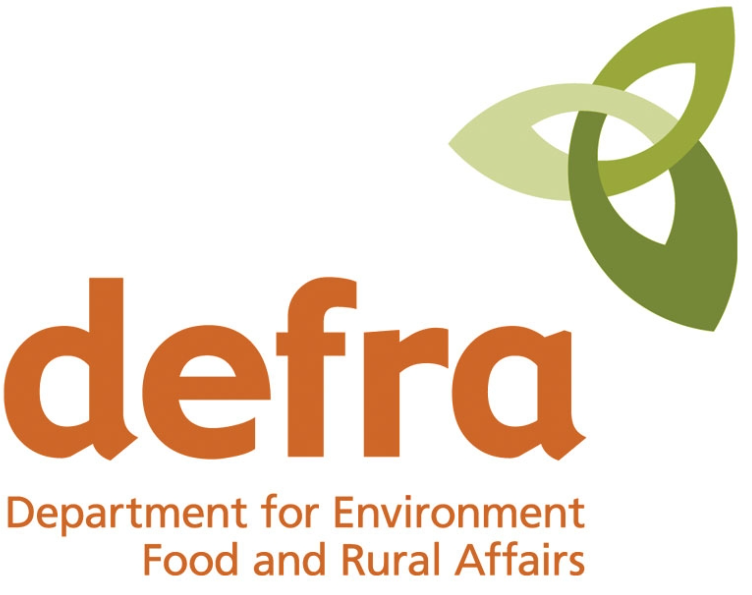A Guide to Comprehending the Internal Mechanisms of DEFRA Stoves: Environmentally aware homeowners are increasingly choosing DEFRA-approved stoves as part of their search for sustainable heating solutions. The UK Department for Environment, Food & Rural Affairs’ strict emissions regulations were taken into consideration when designing these stoves (DEFRA). But what distinguishes DEFRA stoves from traditional wood-burning stoves, and how precisely do they operate?
A DEFRA stove: what is it?
Wood-burning stoves that abide by UK Clean Air Act rules are known as DEFRA stoves. The Clean Air Act restricts emissions from industrial and residential sources, including wood-burning appliances, in an effort to lessen air pollution. Stoves that have received DEFRA approval are made especially to burn wood effectively and cleanly, reducing the amount of dangerous pollutants that are released into the atmosphere.
How Do DEFRA Burners Operate?
Fundamentally, DEFRA stoves function according to the same guidelines as conventional wood-burning stoves. They produce heat by combustion, which is subsequently dispersed by radiant or convection heat throughout the space. But what sets DEFRA stoves apart is their cutting-edge technology and design, which enables more effective and cleaner burning.
Combustion Chamber: The combustion chamber of DEFRA stoves has been expertly engineered to maximize burning efficiency. Usually coated with firebricks or other refractory materials, this chamber helps hold heat and encourages a more thorough burning of the wood.
Airflow Control: Efficient combustion and lower emissions depend on adequate airflow. With the air vents or dampers on DEFRA stoves, users may control how much oxygen enters the combustion chamber. Users can regulate the pace at which the wood burns, resulting in a clean, steady flame, by varying the airflow.
Secondary Combustion: The capacity of DEFRA stoves to create secondary combustion is one of their primary characteristics. DEFRA stoves reburn the gasses and particulate matter generated during the original burning process in addition to burning the wood in the primary combustion chamber. The efficiency of the stove is increased and emissions are greatly reduced by this secondary combustion.
Insulation: To maintain heat and increase combustion efficiency, DEFRA stoves are frequently insulated. Insulation aids in maintaining high combustion chamber temperatures, which encourages cleaner burning and inhibits the production of dangerous byproducts like creosote.
Emissions Control: DEFRA stoves go through a rigorous testing process to make sure they adhere to the organization’s high emissions requirements. These regulations restrict the quantity of pollutants, including carbon monoxide and particulate matter, that are released while burning. Stoves that have received DEFRA approval are designed to produce heat effectively while releasing the fewest possible emissions.
Advantages of DEFRA Stoves for the Environment:
DEFRA stoves lessen their negative effects on the environment and help reduce air pollution by burning wood more effectively and cleanly.
Energy Efficiency: DEFRA stoves use less energy than conventional stoves because of their sophisticated design, which maximizes the heat generated by burning wood.
Cost Savings: Compared to conventional stoves, DEFRA stoves burn wood more effectively, which may result in fuel savings for households.
Regulatory Compliance: Homeowners may feel secure knowing they are utilizing an environmentally friendly heating solution because DEFRA-approved stoves abide by rules designed to lower air pollution.
To sum up, DEFRA stoves provide a cutting-edge and sustainable substitute for conventional wood-burning stoves. Through the integration of cutting-edge technology and ergonomic elements, these stoves maximize heat production while reducing pollutants. DEFRA stoves are a good alternative if you want to heat your home more efficiently or even if you just want to lessen your carbon footprint.

